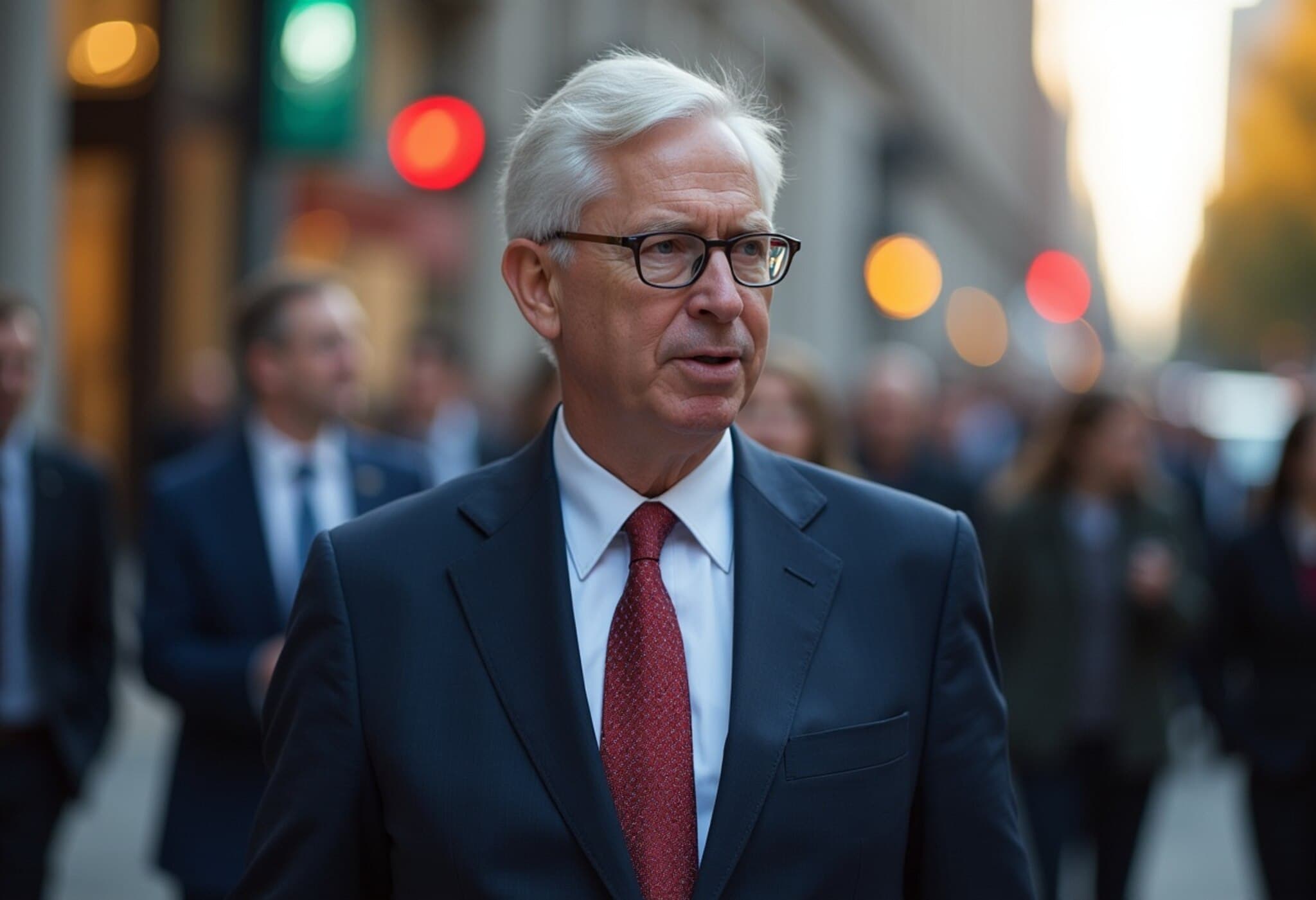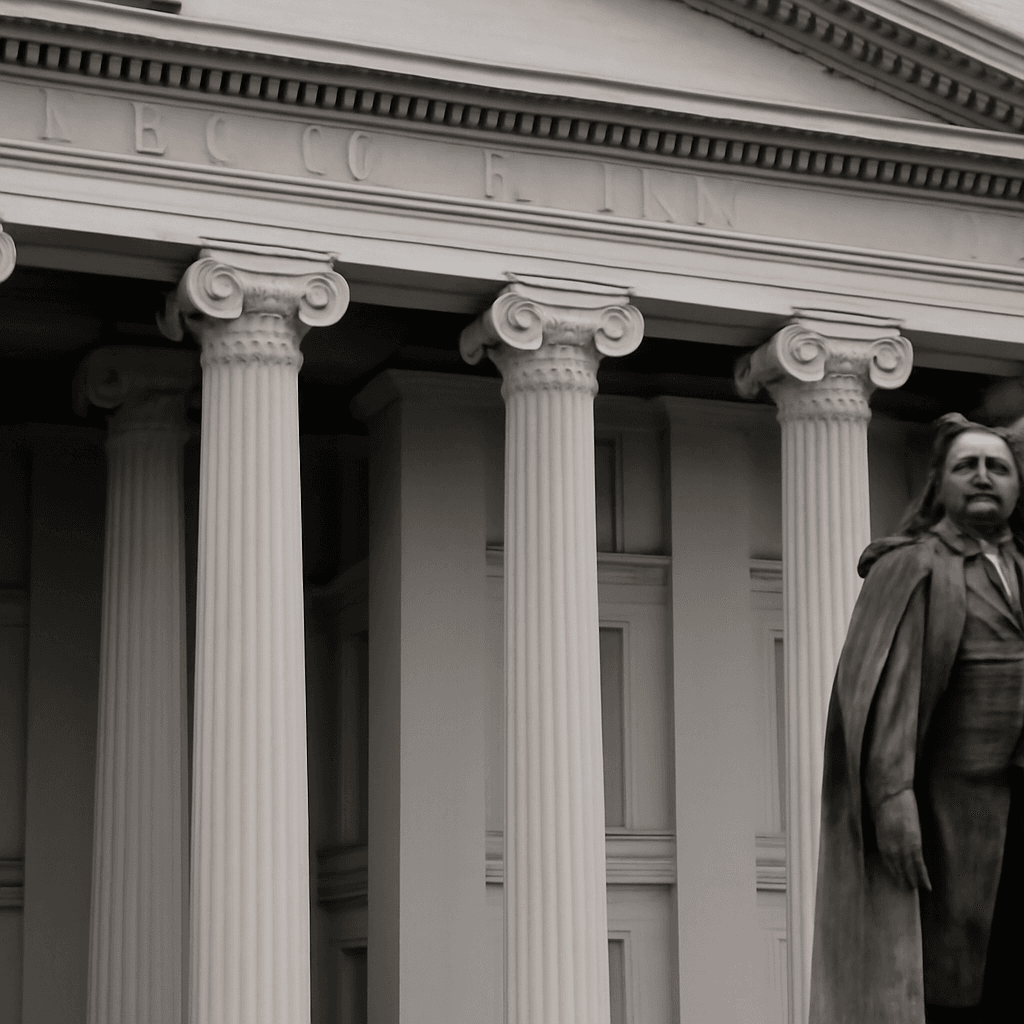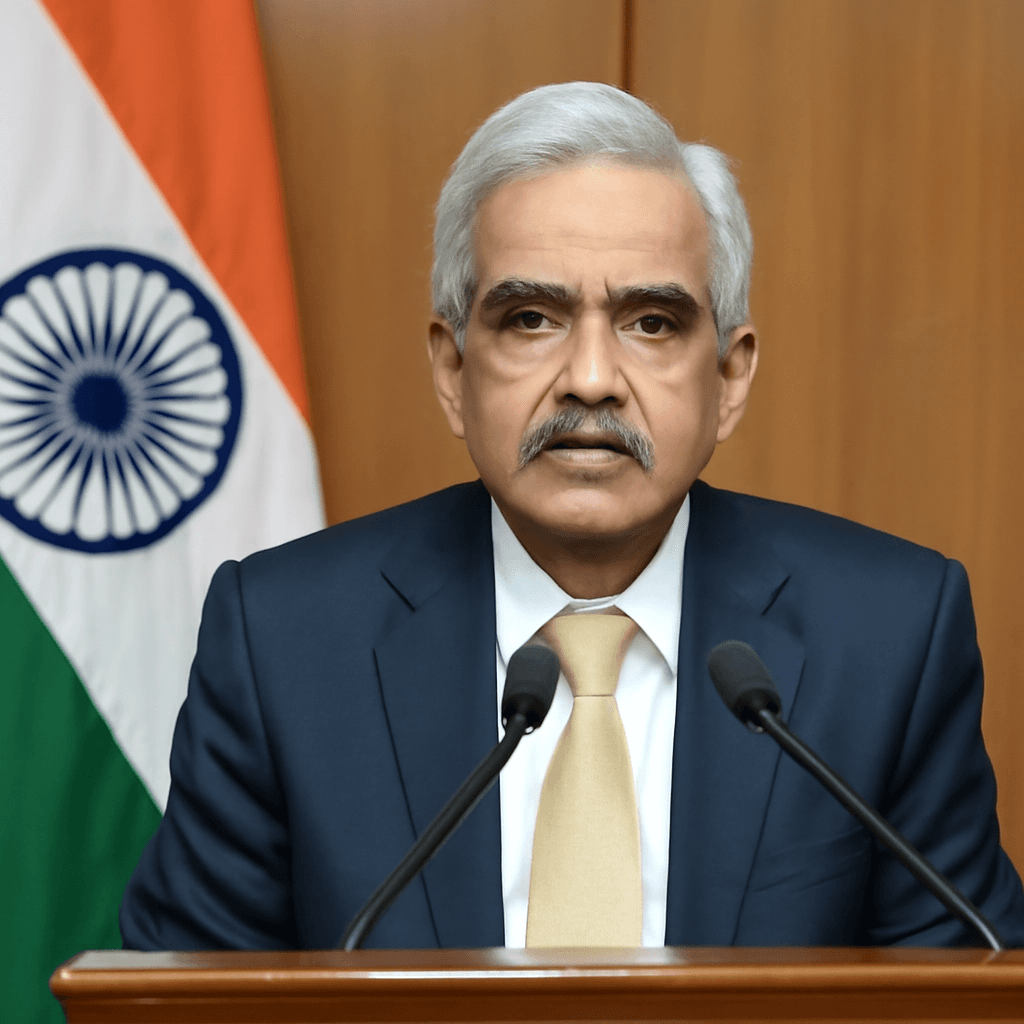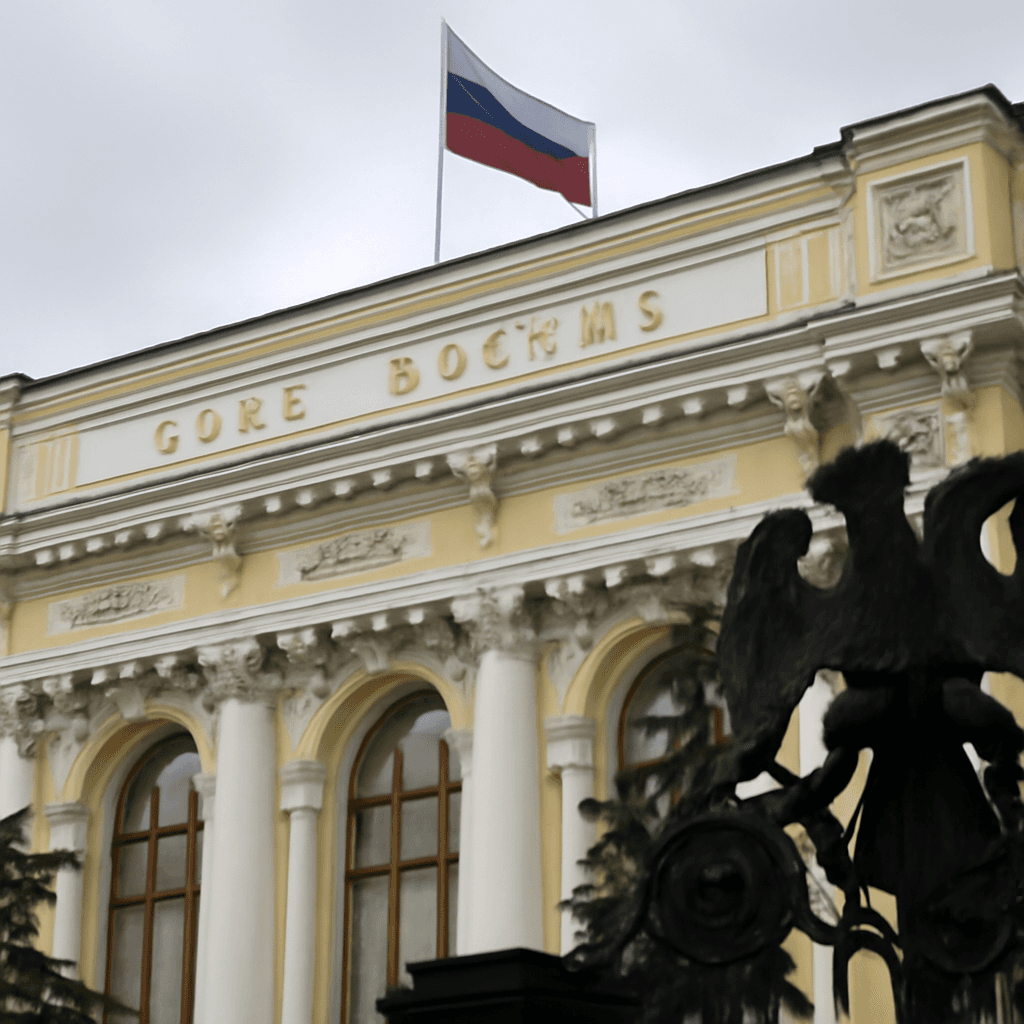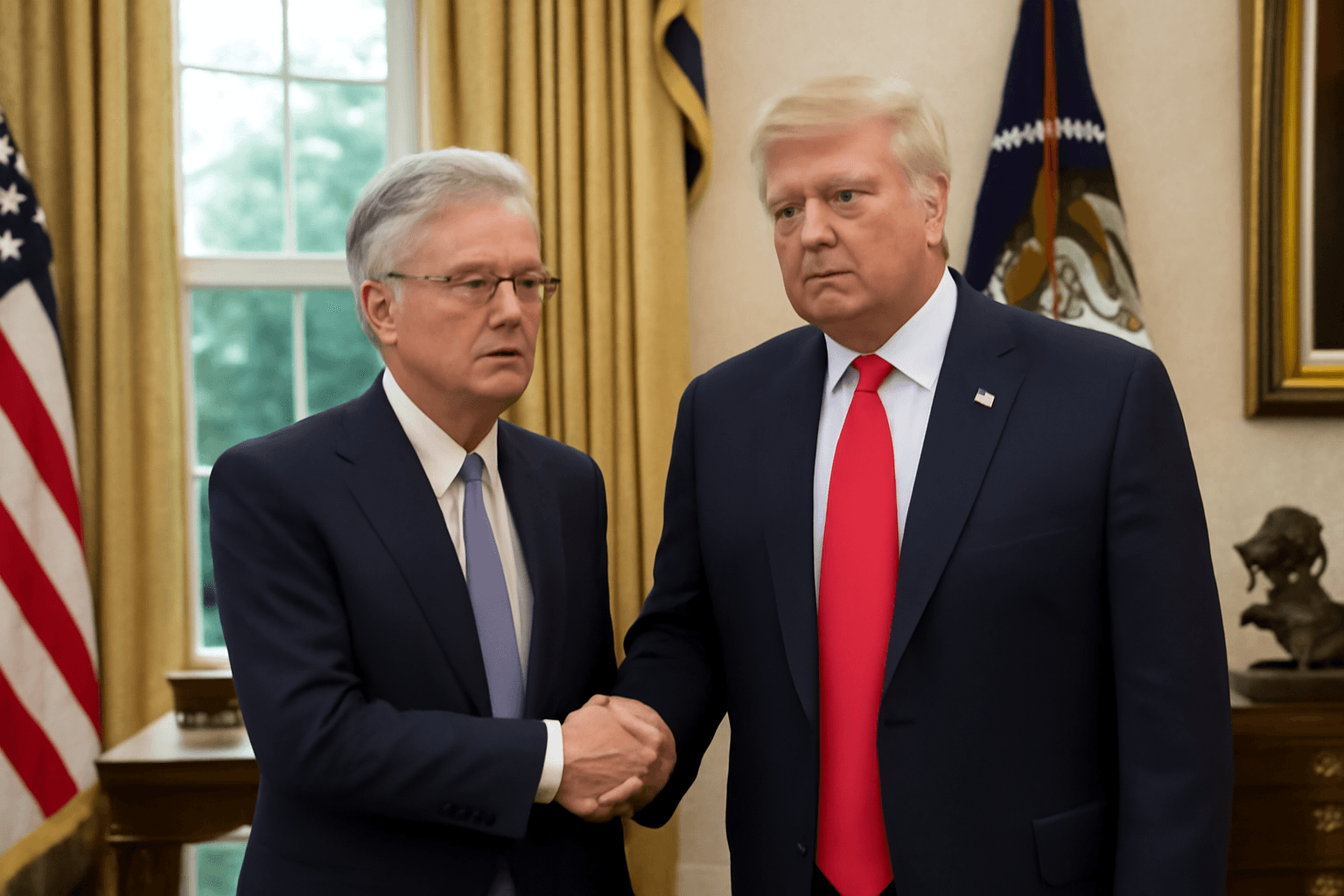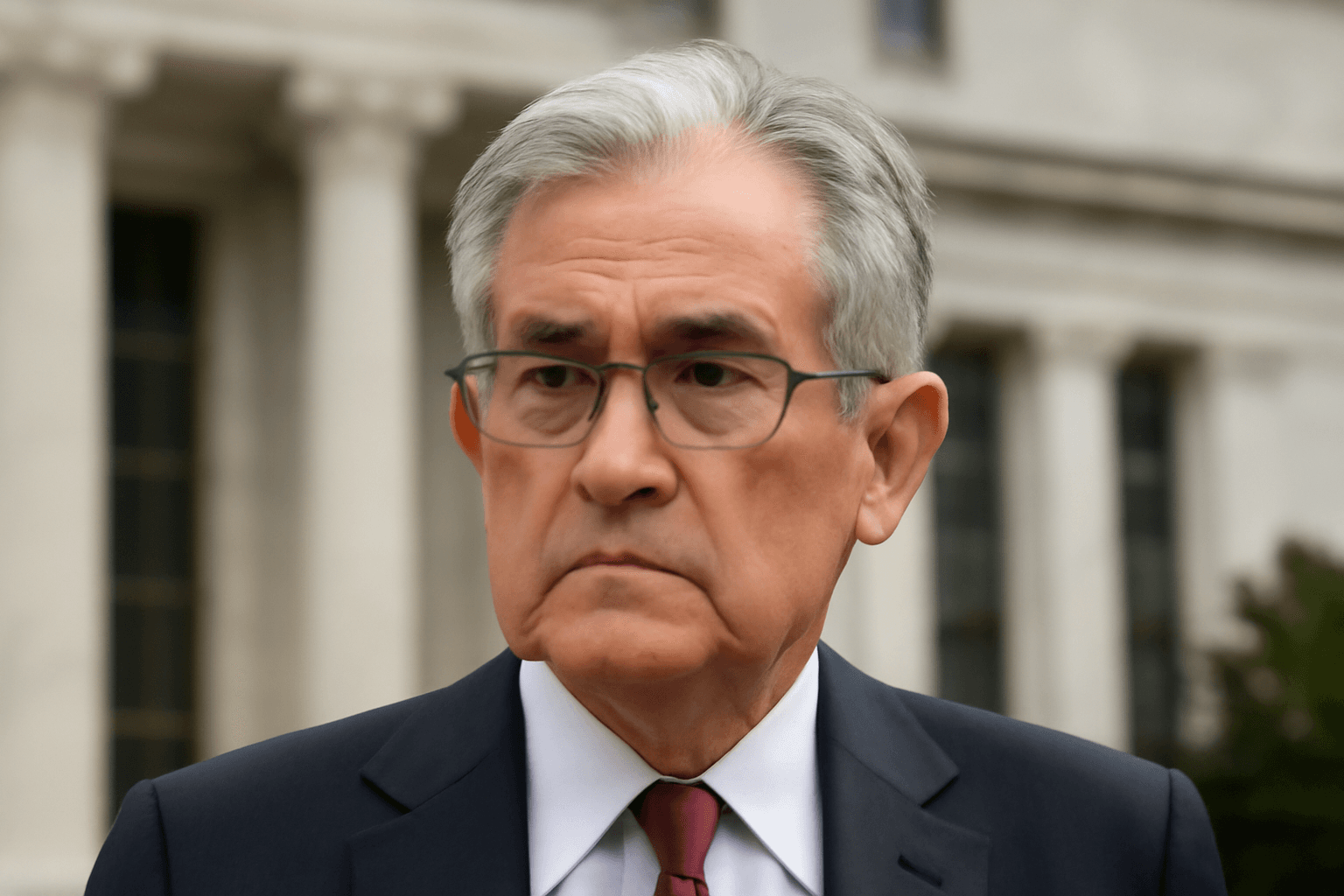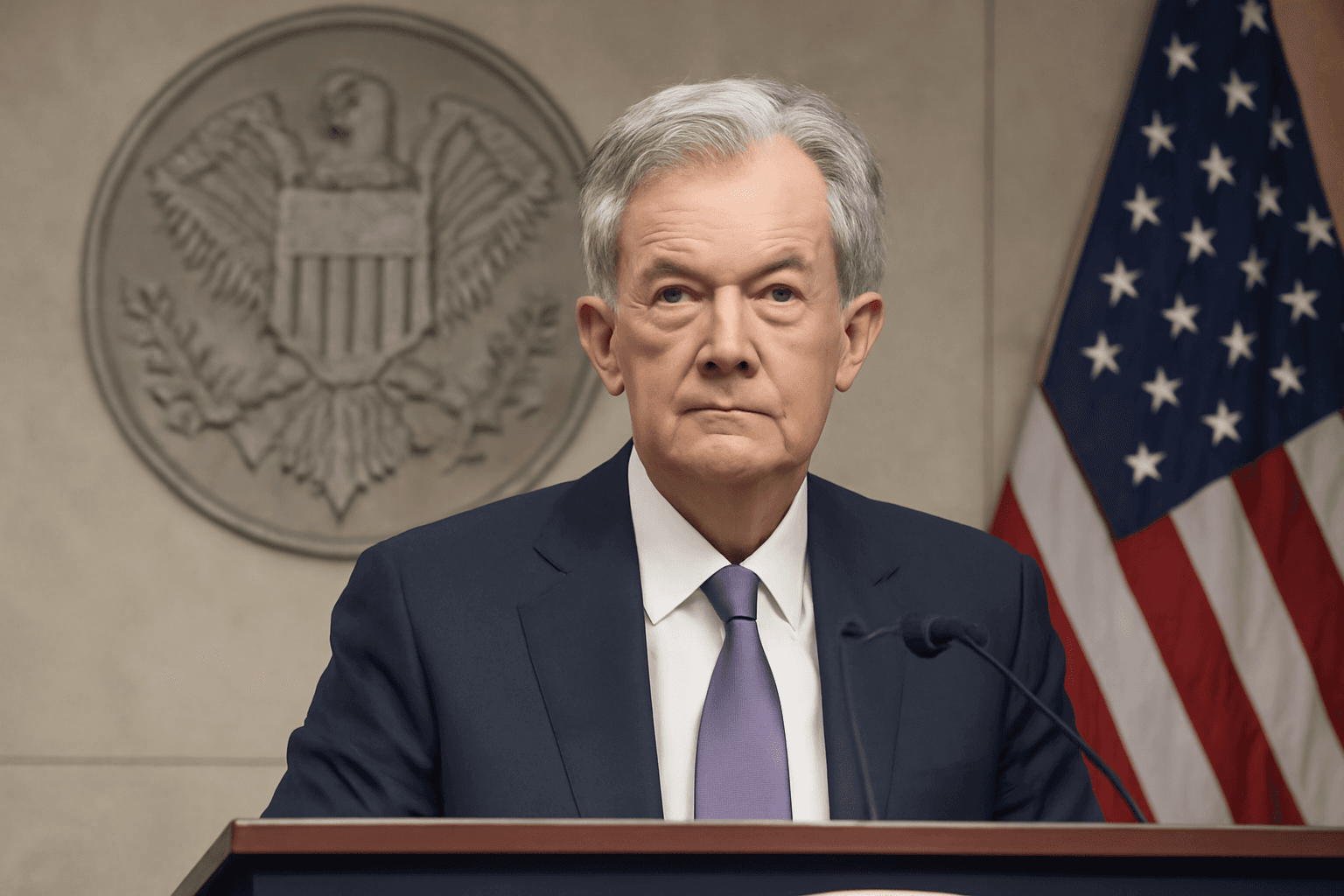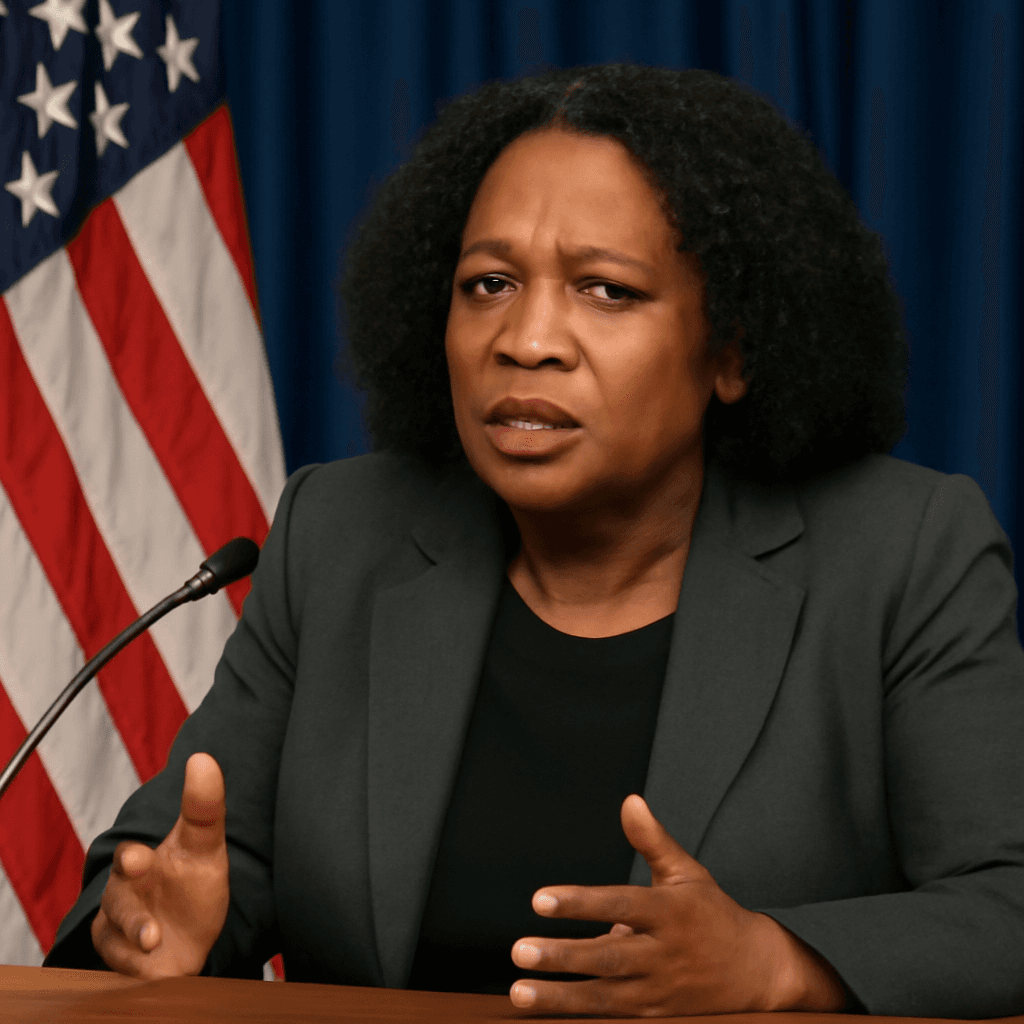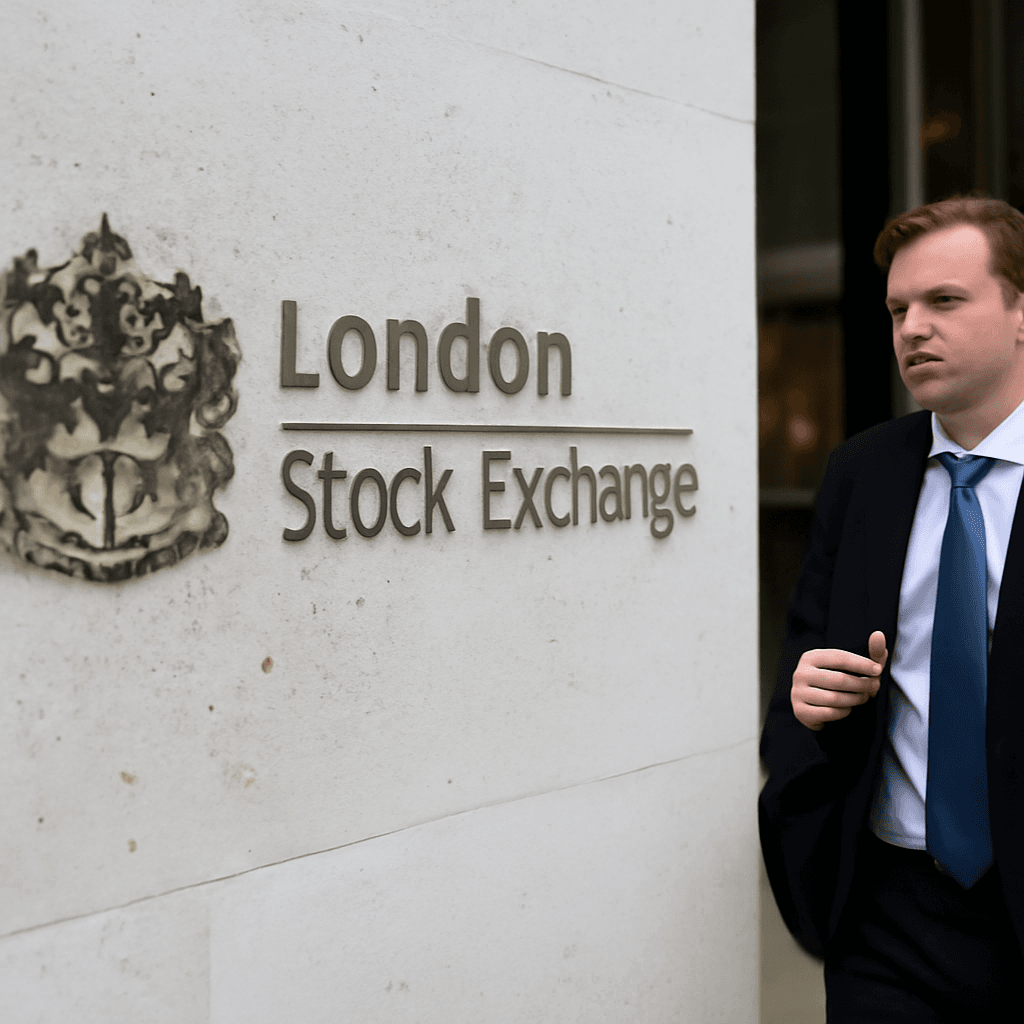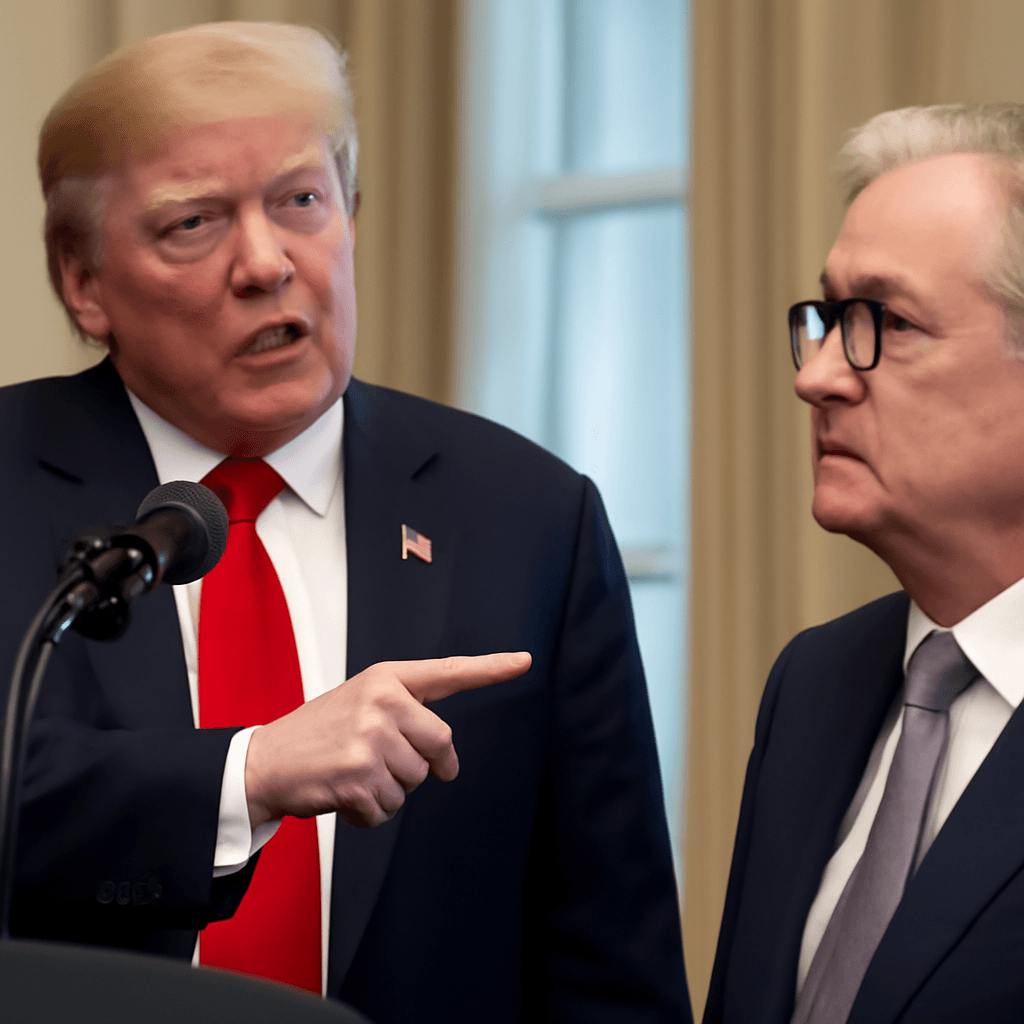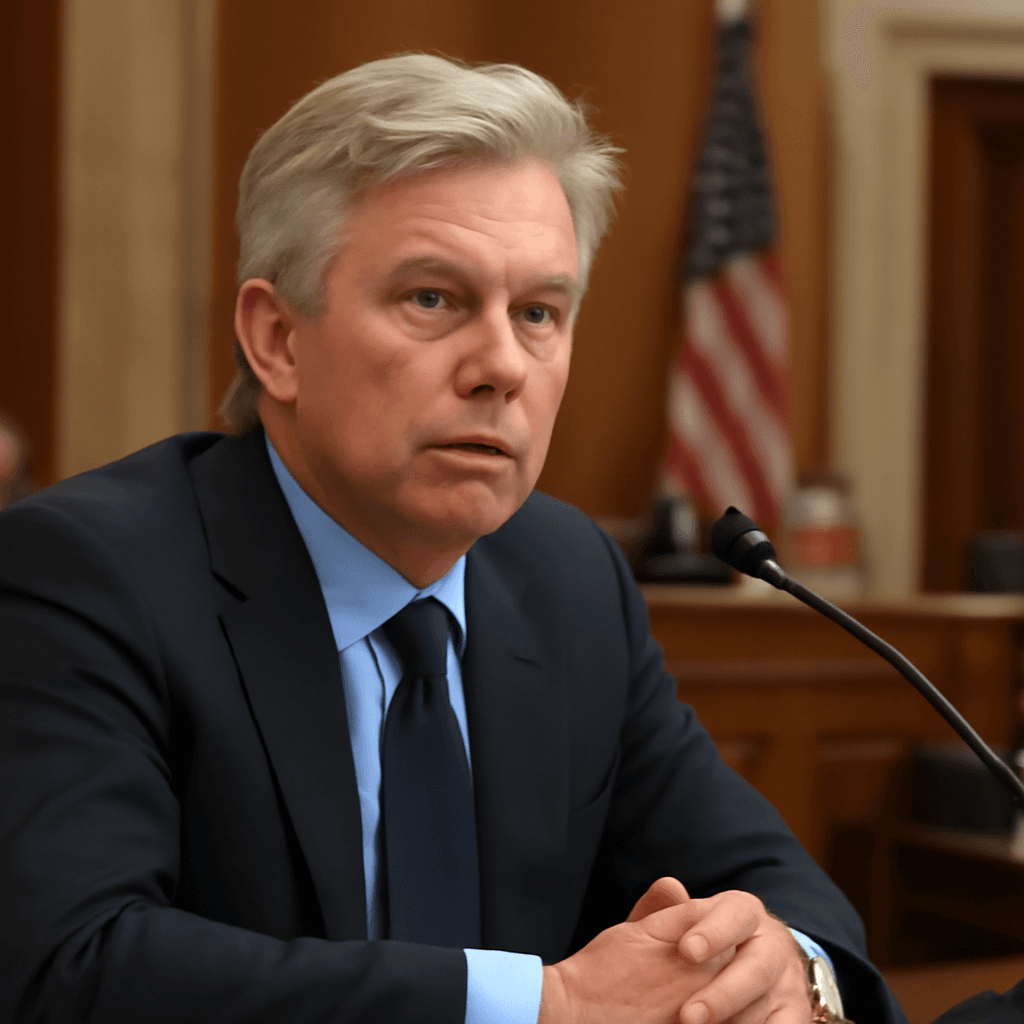Federal Reserve’s Policy in Focus as Markets Seek Broader Momentum
As global investors grapple with a stock market that has so far been powered by a narrow band of leading companies, all eyes now turn to the Federal Reserve’s annual economic symposium next week in Jackson Hole, Wyoming. The event, where Fed Chair Jerome Powell is scheduled to speak, may hold key signals about the future trajectory of U.S. monetary policy and its potential ripple effects on the broader market throughout the remainder of 2025.
Market Tentatively Expands Beyond Tech and Giants
This week’s market moves hint at a subtle but meaningful shift. The Russell 2000, representing smaller companies, surged over 3%, while the equal-weighted S&P 500—which assigns more balanced weight across companies—outpaced the traditional cap-weighted index. Most notably, health care, which has lagged earlier in the year, jumped nearly 5%, emerging as September’s surprise front-runner.
Why the change? Speculation of looming interest rate cuts, potentially a sharp half-point reduction, has breathed life into sectors and stocks that had been left behind by the powerhouse tech giants earlier this year. Investors are betting that if the Fed lowers rates without triggering inflation or an economic slowdown, these sidelined areas might finally get their moment in the sun.
Brian Leonard, portfolio manager at Keeley Gabelli Funds, captures this cautiously optimistic sentiment: "Will small- and mid-cap stocks outshine large caps? We think there's a real possibility they do." Yet, he adds, such a scenario hinges critically on the Fed’s next moves.
Jackson Hole 2025: Powell’s Tightrope Walk
The upcoming speech promises to be a delicate balancing act. In the shadow of ongoing macroeconomic uncertainties, any hawkish hints from Powell—signaling restraint or continued rate caution—could quickly deflate the market’s budding optimism. Yet tradition and Powell’s own style suggest he will tread carefully, aiming to manage expectations without revealing too much.
Market participants also face a deeper layer of uncertainty this year as the Trump administration’s search for Powell’s successor unfolds. Eleven candidates, ranging from Jefferies strategist David Zervos to BlackRock’s Rick Rieder and former Fed Governor Larry Lindsey, have surfaced. Many advocate for aggressive rate cuts, aligning with President Trump’s frustration over what he perceives as the Fed’s delayed easing this year. Trump's sharp criticism of Powell—calling him "too late" and even "stupid"—adds an unprecedented political pressure on Fed independence.Entering this charged environment, Powell is expected to clarify the Fed’s evolving approach to inflation targeting. As highlighted by Wells Fargo economist Sarah House, the Fed may pivot away from its previous flexible inflation framework toward a straightforward 2% target, aiming not to compensate for past inflation misses but to anchor expectations robustly.
What to Watch Next Week
- Fed Chair Powell’s Speech: Scheduled for 10 a.m. ET on August 22, his remarks could set the tone for the Fed’s policy roadmap well into next year.
- FOMC Minutes Release: The minutes from the most recent Fed meeting, notable for dissenting votes favoring rate cuts—a rare occurrence since 1993—will provide additional insight into internal Fed dynamics and potential policy shifts.
- Corporate Earnings: Retail giants Target and Walmart’s back-to-school season sales updates will be closely scrutinized for clues on American consumer resilience amid geopolitical and tariff uncertainties.
- Economic Indicators: A series of reports including housing data, jobless claims, and purchasing managers' indices are slated for release, offering granular views on economic momentum.
Balancing Hope With Caution
The U.S. stock market has defied downside pressures this year, buoyed by strong earnings and resilient corporate leadership. But as summer fades into a historically more volatile autumn, investors remain wary. The tug-of-war between optimistic growth prospects and geopolitical, tariff-related challenges suggests a potentially choppy path ahead.
How the Fed navigates this critical junction—and how Powell frames future monetary policy—will be pivotal not just for markets, but for everyday Americans watching inflation, employment, and borrowing costs closely. For now, the market is in a holding pattern, hopeful yet vigilant as August’s heat builds toward the defining moments in Wyoming.
Editor’s Note
The Jackson Hole symposium is emerging as a deciding moment for investors seeking clarity in an unpredictable market. Beyond the headlines about rate cuts or hikes, this event may signify a deeper transformation in how the Fed approaches inflation and employment goals amid evolving economic realities. As political pressures on Fed independence intensify, the balancing act between market expectations and central bank credibility will be under the microscope. Readers should watch carefully not only for immediate policy signals but for broader shifts in monetary philosophy that could shape financial markets for years to come.

